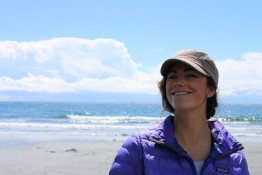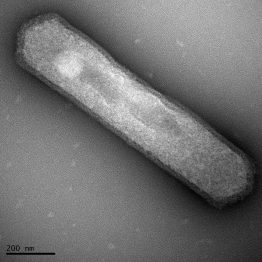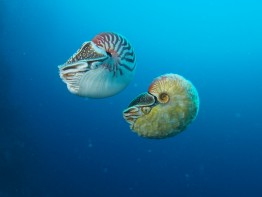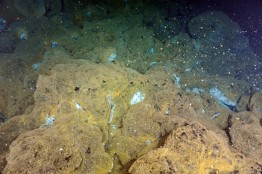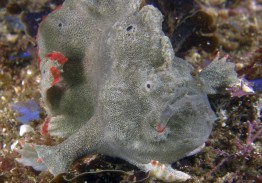At the College of the Environment, boundless field opportunities await our students and researchers. The Friday Harbor Laboratories are a research gateway to the Pacific, where you can foster your skills as a marine biologist, oceanographer, or in any number of ocean-related sciences. Sitting on the shores of Friday Harbor in the San Juan Archipelago, the labs are a renowned destination to immerse yourself in marine sciences as they relate to the Salish Sea.
Read more on the UW Homegage »Lab experiments question popular measure of ancient ocean temperatures
Understanding the planet’s history is crucial if we are to predict its future. While some records are preserved in ice cores or tree rings, other records of the climate’s ancient past are buried deep inside the seafloor. An increasingly popular method to deduce historic sea surface temperatures uses sediment-entombed bodies of marine archaea, one of Earth’s most ancient and resilient creatures, as a 150-million-year record of ocean temperatures.
Read more at UW Today »Rare nautilus sighted for the first time in three decades by the College's Peter Ward
In early August, biologist Peter Ward returned from the South Pacific with news that he had encountered an old friend, one he hadn’t seen in three decades. A professor with the College of the Environment’s Earth & Space Sciences and the College of Arts and Sciences‘ Department of Biology, Ward had seen what he considers one of the world’s rarest animals: Allonautilus scrobiculatus.
Read more at UW Today »UW oceanographers explore recently erupted deep-sea volcano
This spring, seafloor seismometers connected to shore by a new Internet cable showed that the 3,600-foot-tall underwater Axial Volcano started shaking April 24, 2015 and shook continuously for several days. University of Washington oceanographers visited the deep-ocean volcano in late July and parts of the seafloor were still warm, giving the team a glimpse into the changes that happened around the the mile-deep volcano 300 miles off the Oregon coast.
Read more at UW Today »New fish genus and species named by College scientists for its red, fingerlike fins
After nearly 35 years, a color-changing fish known for its red “fingers” has a proper name. Scientists from the College of the Environment’s School of Aquatic & Fisheries Sciences announced the name of a new genus and species of frogfish, small, stocky creatures found in tropical and subtropical oceans. It was first seen and collected in Australia in 1980 by a University of Washington graduate student, but the sole specimen disappeared soon after, leaving researchers no option but to shelve the discovery.
Read more at UW Today »
